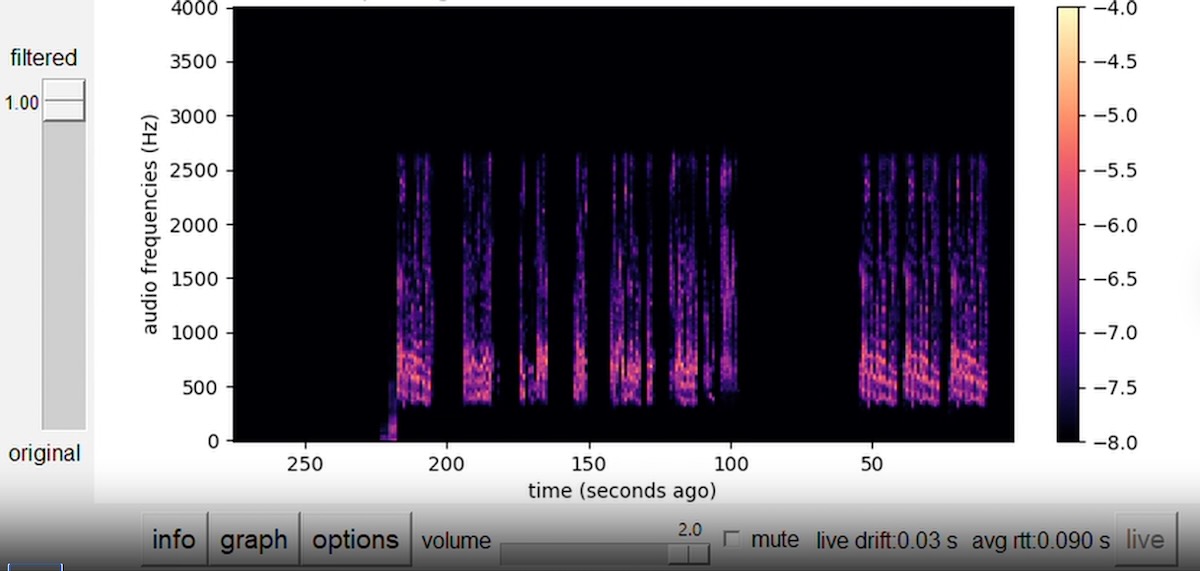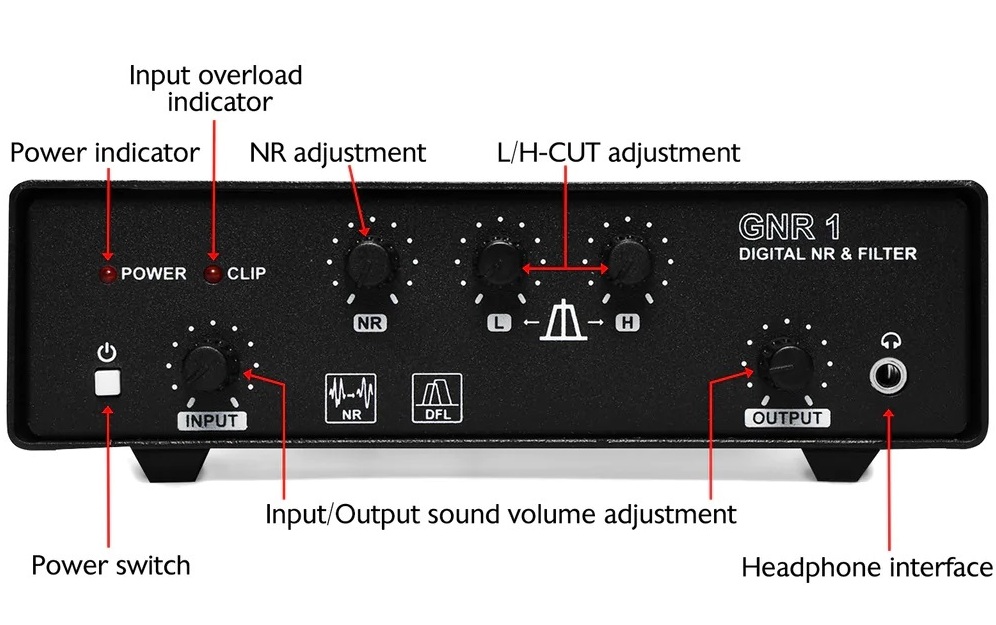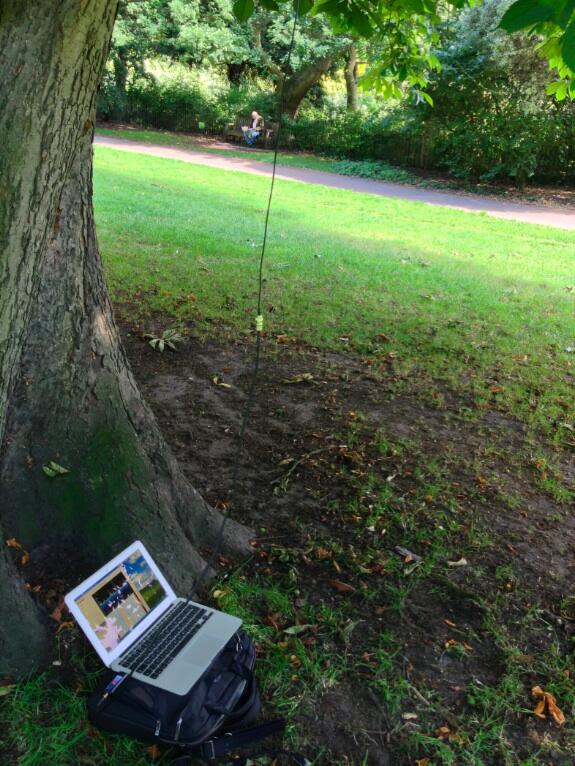This tip was originally published on the SWLing Post discussion board
There’s an interesting and promising project that leverages AI to remove noise from radio audio signals—including SSB and CW.
The project is called RMnoise, and it uses artificial intelligence trained to recognize desired signals. Once trained, it can dramatically reduce background noise in received audio, making weak or difficult signals much easier to copy.
You can learn more about the project here:
https://ournetplace.com/rm-noise/
And dive into the technical documentation here:
https://ournetplace.com/rm-noise/documentation/
How It Works
In practical terms, RMnoise sits between your receiver and your ears using your computer’s sound card. Audio from your radio is fed into the computer, where RMnoise processes it in real time. The AI attempts to suppress unwanted noise while preserving the signal of interest, then sends the cleaned-up audio back out through your computer’s audio output.
There are several demonstration videos—with audio—that show how effective RMnoise can be with challenging signals:
https://ournetplace.com/rm-noise/videos/
You Can Try It Yourself
Perhaps the most exciting part: you can try RMnoise right now.
It’s simply a matter of installing a small program, configuring it to work with your computer’s sound card, and routing audio from your receiver into the computer. RMnoise picks up the incoming audio, does its “magic,” and outputs a noticeably cleaner signal.
RMnoise is for anyone interested in experimenting with modern signal processing techniques.





